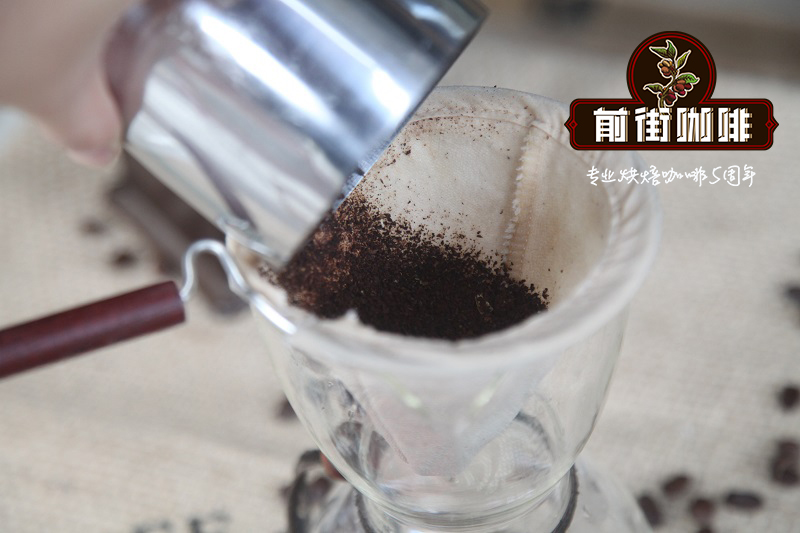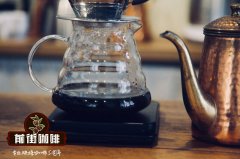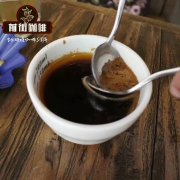Ethiopia Yega Sheffivoka Cooperative introduces the unforgettable flavor of Waka.

Ethiopia Yega Sheffivoka Cooperative Solar
Country: Ethiopia
Producing area: Yega Xuefei
Altitude: 1850-2100 m
Treatment: sun treatment
Grade: G1
Variety: native species Heirloom
Flavor description: intense and charming aromas of strawberries and tropical fruits, high sweetness and richness, chocolate-like finish, red wine aromas.
Waka Cooperative
Woka Cooperative's Sun Yega Chuefei has always been a quality assurance, and it is also the star product of Counter Culture and Klatch Coffee, the third wave of boutique coffee makers in the United States. Coffee Review, a well-known boutique coffee evaluation website, has repeatedly given high scores of 91 to 94.
Klatch Coffee, a well-known American company, won the Best Food Award (Good Food Award) in the food industry for this bean, and won the title of Best Coffee Shop of 2012 (2012 Best Coffeehouse) at the end of the year. The Waka Cooperative, which is part of the YCFCU Cooperative Alliance (Yirgacheffe Coffee Farmers Cooperative Union), was founded in 2005 and is located in a rather remote area of the Yegashafi producing area.
The cooperative, made up of 305 farmers with a planting area of 763 hectares, has obtained Fair Trade Organic Coffee (FTO) certification because it does not use any chemical fertilizers or pesticides in its coffee growing process. After the ripe cherries are picked, they are almost immediately put on the drying shed bed for sunlight, so that the sweetness of the flesh can be absorbed by beans. Sun treatment is especially suitable for areas where there is a lack of water, or in a very dry environment. In order to avoid excessive fermentation or even mildew, the fruit must be turned frequently on the drying bed to allow air to dry evenly, when the fruit is dried in the sun. Then sent to the dry processing plant (dry mill) to remove the dried pulp, the sun drying procedure is actually quite complicated, and it is easy to fail in the process, but good sun treatment can bring stronger sweetness, thicker taste and more detailed sour taste.
Important Notice :
前街咖啡 FrontStreet Coffee has moved to new addredd:
FrontStreet Coffee Address: 315,Donghua East Road,GuangZhou
Tel:020 38364473
- Prev

Discussion on coffee knowledge | what's the difference between aroma, aftertaste and aftertaste of coffee?
Aroma and aftertaste you ask us: why is the aroma of coffee so different from the aftertaste? Even if the same chemicals may be involved? This is what we found: the aftertaste of coffee refers to the taste and aroma left in the mouth after sucking. Compared with other drinks, the aroma of coffee spreads for a long time: the aftertaste of espresso can last up to 15 minutes. Depending on the coffee, it may not be
- Next

Yunnan small Coffee Menglian Tianyu Farmers' Cooperative introduces what is pre-fermented sun treatment.
Country: China production area: Mangmao Village, Fuyan Township, Menglian County, Yunnan Province, altitude: 1450m-1750m treatment: pre-fermented sun treatment varieties: Katim flavor description: wet fragrance is the aroma of fermented red wine and dried longan fruit, sweet longan and honey when sucking, creamy taste. Menglian Tianyu Farmers' Professional Cooperative is headquartered in Lan on the Sino-Myanmar border.
Related
- Detailed explanation of Jadeite planting Land in Panamanian Jadeite Manor introduction to the grading system of Jadeite competitive bidding, Red bid, Green bid and Rose Summer
- Story of Coffee planting in Brenka region of Costa Rica Stonehenge Manor anaerobic heavy honey treatment of flavor mouth
- What's on the barrel of Blue Mountain Coffee beans?
- Can American coffee also pull flowers? How to use hot American style to pull out a good-looking pattern?
- Can you make a cold extract with coffee beans? What is the right proportion for cold-extracted coffee formula?
- Indonesian PWN Gold Mandrine Coffee Origin Features Flavor How to Chong? Mandolin coffee is American.
- A brief introduction to the flavor characteristics of Brazilian yellow bourbon coffee beans
- What is the effect of different water quality on the flavor of cold-extracted coffee? What kind of water is best for brewing coffee?
- Why do you think of Rose Summer whenever you mention Panamanian coffee?
- Introduction to the characteristics of authentic blue mountain coffee bean producing areas? What is the CIB Coffee Authority in Jamaica?

